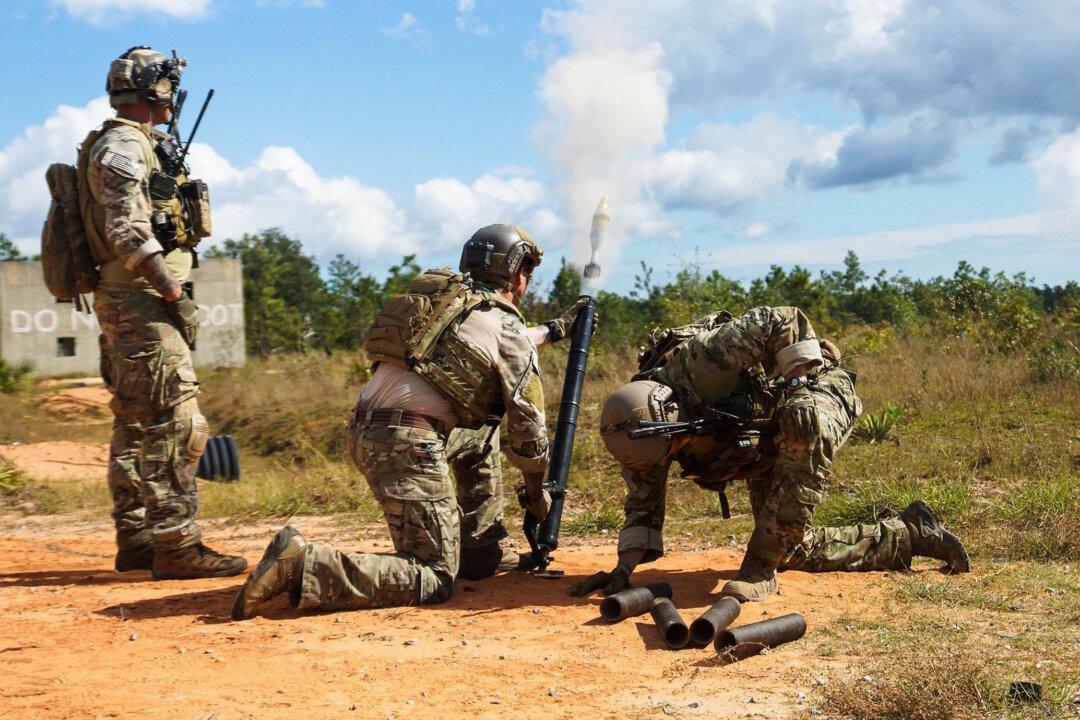In the coming weeks, the Pentagon is looking to push ISIS forces out of Syria and Iraq by upping the number of U.S. Special Operations it currently has deployed there, according to a CNN report.
Officials told CNN that the White House discussions to move the Spec Ops forces into the Middle East could come as soon as April 5.
The intended plan would be to supply on-the-ground pressure focused on reclaiming Raqqa and Mosul.




